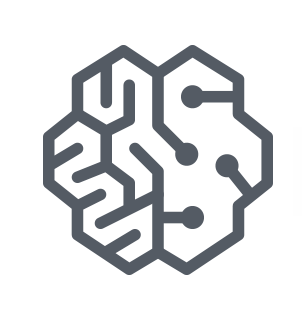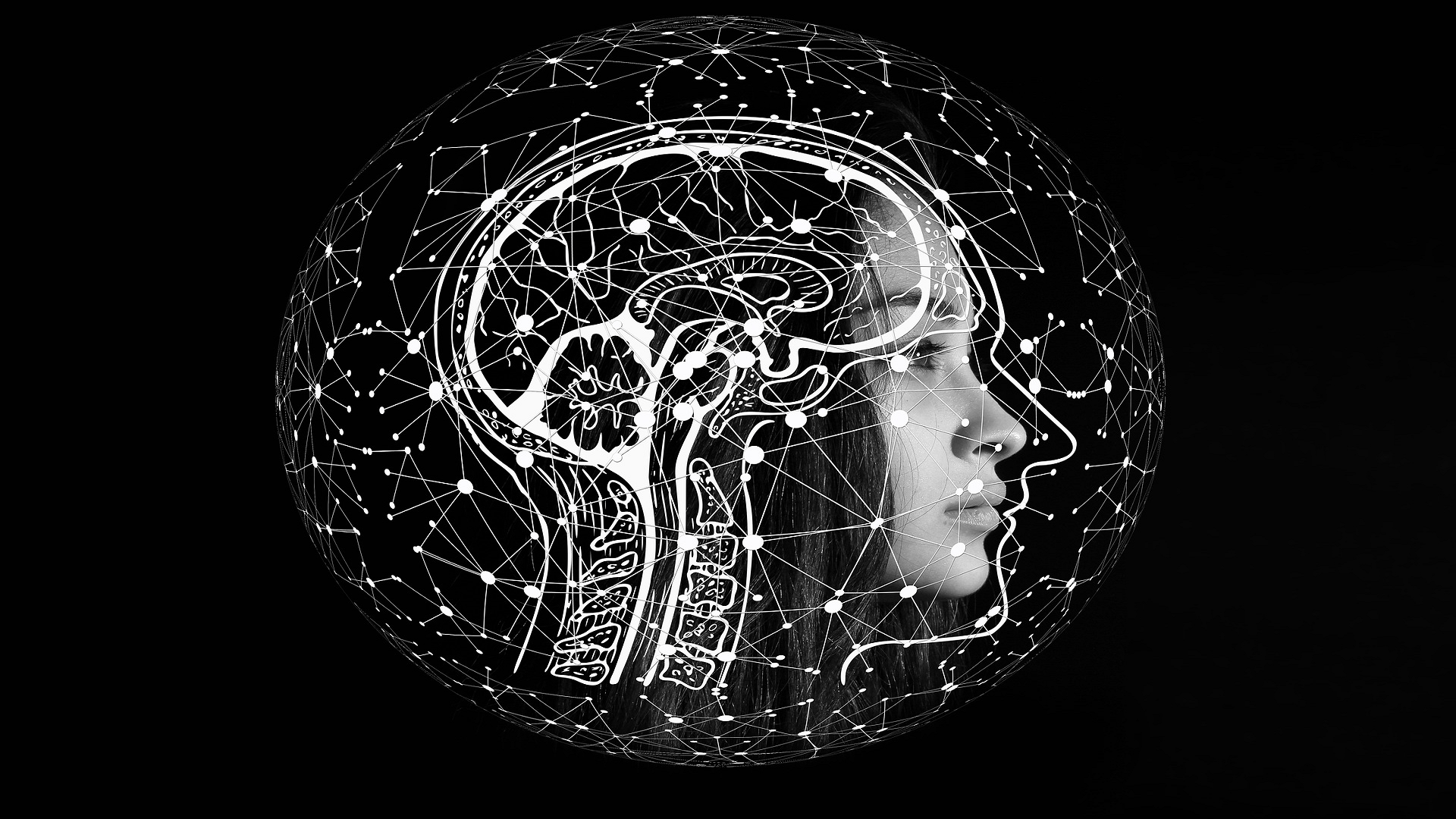What Is Machine Learning?
At its most basic form, machine learning is the process of consuming data, parsing that data using algorithms, and learning from it. In this form, machine learning generates predictions and determinations about something related to the data it consumes, and it does so in an autonomous way.Today, however, machine learning (ML) is perceived as so much more advanced than that. The definition of ML has evolved thanks to the evolution of artificial intelligence (AI). It now includes computers acting on the information and learning from it without being explicitly programmed. The term is also used to describe the self-learning process in a computer system.
So, What is Machine Learning?
The big question remains: what is machine learning? The best way to define the concept is by looking at the objective of machine learning. The main goal is to allow computers to learn and adapt without human input, including when it comes to adapting to changes in its data streams. From this objective, the methods behind ML are further broken down into four main categories, which are:
- Supervised machine learning: This is often seen as the most basic form of machine learning. Computers are taught to label examples and learn from past data for the purpose of predicting future events. It analyzes data streams based on parameters defined in its training data. The system can then learn to identify new data streams based on past information, allowing it to output accurate predictions.
- Unsupervised machine learning: In this method, the training data streams are not labeled or structured. It is up to the machines to study the hidden structure and pattern behind unlabeled data. The purpose of this method is not to teach computers how to predict future events, but rather to teach it to make conclusions based on unstructured and unlabeled data streams they consume.
- Semi-supervised machine learning: As the name suggests, this acts as the bridge between supervised and unsupervised learning algorithms. Both labeled and unlabeled data streams are used and processed during training. It teaches computers to process unlabeled data based on the knowledge they gathered from labeled data streams.
- Reinforcement machine learning: This is where machine learning really comes alive since computers that use these learning algorithms can produce actions, interact with their environment, and even discover errors and rewards as they learn from more data streams. It is up to the engineers to develop reward feedback—also known as the reinforcement signal—from which computers can learn.
Components of Learning Algorithms
If we dig deeper into the way ML algorithms are set up, there are actually some very crucial elements that make ML possible; representation, evaluation, and optimization. The language that computers understand, instances and graphical models, sets of rules, and the neural networks supporting machine learning are all in the representation category. This is the category filled with classifiers and languages—also rules and models—that computers understand.Evaluation is the next element. This too is very straightforward since it basically involves measuring accuracy, using posterior probability, and gaining from data streams. Evaluation is the process every ML algorithm uses to achieve its objectives, whether it is to understand existing data streams or to make predictions of future events.The last part of the equation is optimization, which includes constrained and unconstrained optimization. Aside from linear programming, machine learning gets self-optimized through Quasi-Newton methods and gradient descent. The success and quality of a machine learning algorithm depend on how well it can optimize itself and be optimized for future processes.Nevertheless, the world of ML is exciting. Labeling data, feeding streams to algorithms, and watching them grow and become more aware of the data they process is nothing short of magical. What is machine learning? It is a way to get more—so much more—for so much less.Ibexlabs is an experienced DevOps & Managed Services provider and an AWS consulting partner. Our AWS Certified DevOps consultancy team evaluates your infrastructure and make recommendations based on your individual business or personal requirements. Contact us today and set up a free consultation to discuss a custom-built solution tailored just for you.









